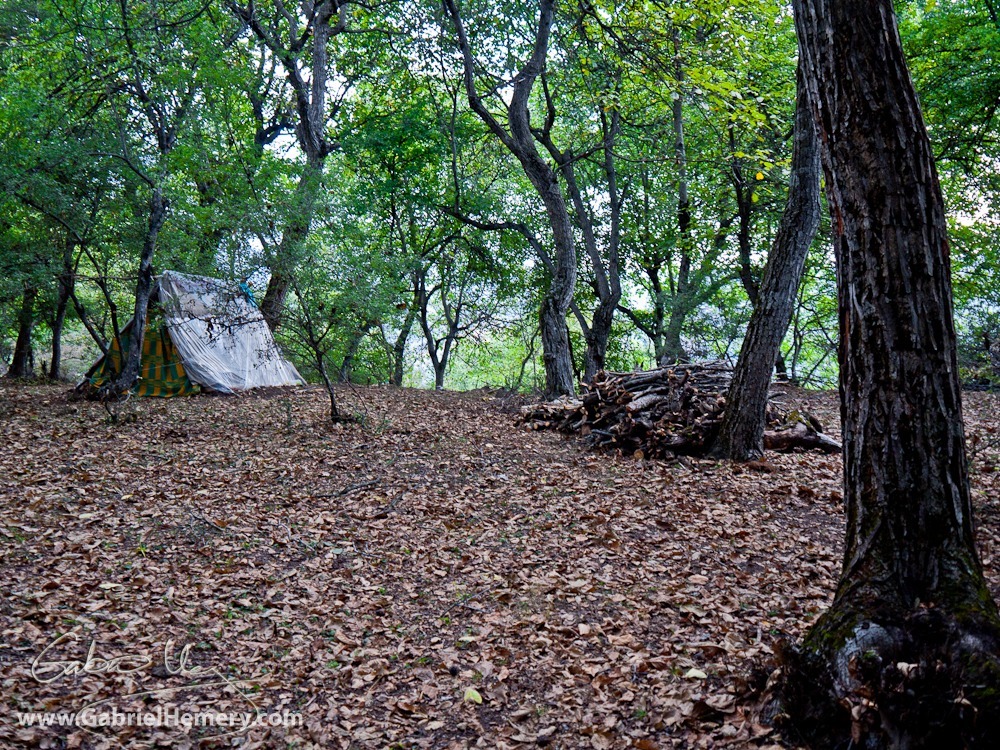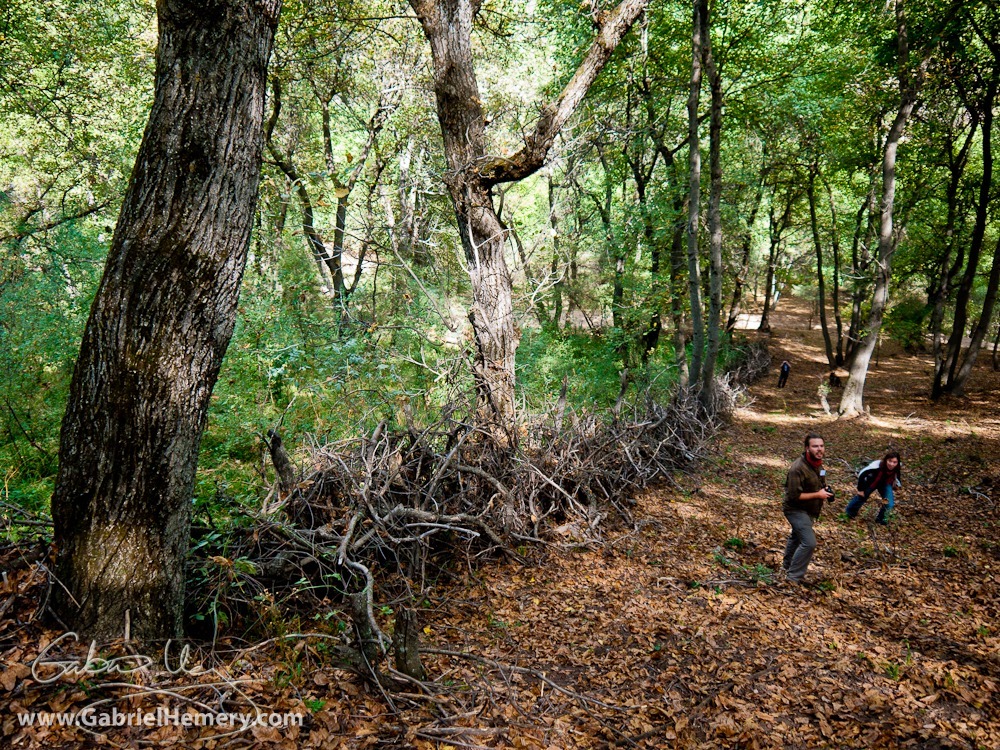Sheltering in the south-western Tian Shan mountains exist a unique yet threatened forest found nowhere else on Earth. These forests are the walnut-fruit forests of Kyrgyzstan.
Last month I attended an international conference concerning the sustainable management of the forests (see my travel photos). The walnut-fruit forests are considered a biodiversity hotspot of global importance. Estimates suggest that there are 47,000 hectares (Grisa et al., 2008) of walnut fruit-forest, although large areas are now in a critical condition for a number of reasons.
Socio-political change
Following independence from the Soviet Union in 1991, Kyrgyzstan’s infrastructure deteriorated, especially the administration, transport, industry and public services. With these socio-political changes the walnut-fruit forests became even more important for local people; providing fuel wood, timber and walnuts from the trees, and grazing land, hay, cropping (e.g. alfafa and potatoes) and other non-timber products essential to rural life. As a result, the pressure on the forests increased, and forest management became unsustainable.
Biogeography
The walnut-fruit forests are found in two distinct areas of Kyrgyzstan; in the Fergana and Chatkal mountains. They survive winter colds of -24oC in January, and summer heat of +36oC in June. Late Spring frosts are a problem as they damage shoots and flowers, sometimes leading to serious failures of the walnut crop. Most precipitation in the forested areas occurs in the Spring, while there are three very dry months between July and September. The threat from climate change is very real, where changes in precipitation patterns could significantly affect the health of the forests.
Six walnut forest types have been identified (more details):
- walnut with false brome grass
- walnut as [1] but with moister soils
- walnut with spruce and fir
- walnut and hawthorn
- walnut with maple and apple
- walnut in park-like conditions
Ownership and use of the forests
The walnut-fruit forests are owned by the state. They are used heavily by local people however under different agreements, which have become more structured in recent years. Families in the forest explained to me that where there was a history of use in an area of forest, this used to be enough to secure continued use in a neighbourly agreement with fellow users and officials. Now, most users are likely to pay a rent to the state.
Threats
A ban on walnut tree felling has been in place for a number of years, and is mostly successful. This has led in turn to heavy pressure on other tree and shrub species, where any fallen branchwood from any tree species is quickly cleared away for fuel wood. Wood fuel remains the main source for heat and cooking in most rural dwellings. The walnuts themselves are harvested for sale in markets across Kyrgyzstan. Of course, what are nuts for humans are reproductive fruits for the trees, and therefore unless collection is limited or controlled, then the forests will become increasingly senile.

The greatest threat today is from over grazing: with cattle, horses, goats and sheep. This is illustrated perfectly in an experiment in place near Shaidan. On a typically steep slope deep within the forest, the most common walnut type [6] (above) is prevalent: mature walnut trees spaced widely apart with no natural tree regeneration (complete absence of young trees) in the heavily-grazed sward. Yet, nearby a fence made from the brash of tree branches has excluded grazing animals in a plot of some one hectare in size. Inside the fence, the grass is tall and rich with dicot species, and a new generation of young walnut trees are present under the tall canopies of the mature walnut trees. The photo below illustrates this perfectly.

Without real and determined action, which must necessarily combine the best silvicultural practise with the tackling of the socio-economic issues with local communities, the walnut-fruit forests of Kyrgyzstan will continue to be degraded. Ultimately their survival is under significant threat.
Gabriel Hemery
References and further reading
- Grisa, E., Venglovsky, B.I., Sarymsakov, Z., Carraro, G., 2008. Forest typology of the Kyrgyz Republic. Intercooperation, Bishkek.
- KIRFOR: Kyrgyz-Swiss Forestry Support Program
- More of my Kyrgyzstan posts
 This work is licensed under a Creative Commons Attribution- NonCommercial- NoDerivs 3.0 United States License.
This work is licensed under a Creative Commons Attribution- NonCommercial- NoDerivs 3.0 United States License.
